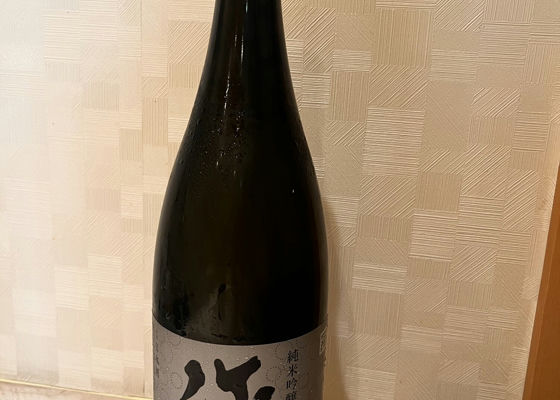
こうちゃん
AFURI Ameuri Yamahai/Junmai Omachi
2,750 yen, sweet taste.
(The hue is an amber color characteristic of Yamahai. It has a subtle aroma of lactic acid bacteria and steamed rice that gives the impression of yogurt. The mouthfeel is sweet, but the 90% rice polishing ratio and the use of water with an altitude of 150 give it a sharpness and thickness.
The lingering taste of rice stands out.
More koji rice than usual is used in "double koji".
The yeast No. 701 brings out moderate acidity, which is good.
Sake from Okayama
Japanese>English


















